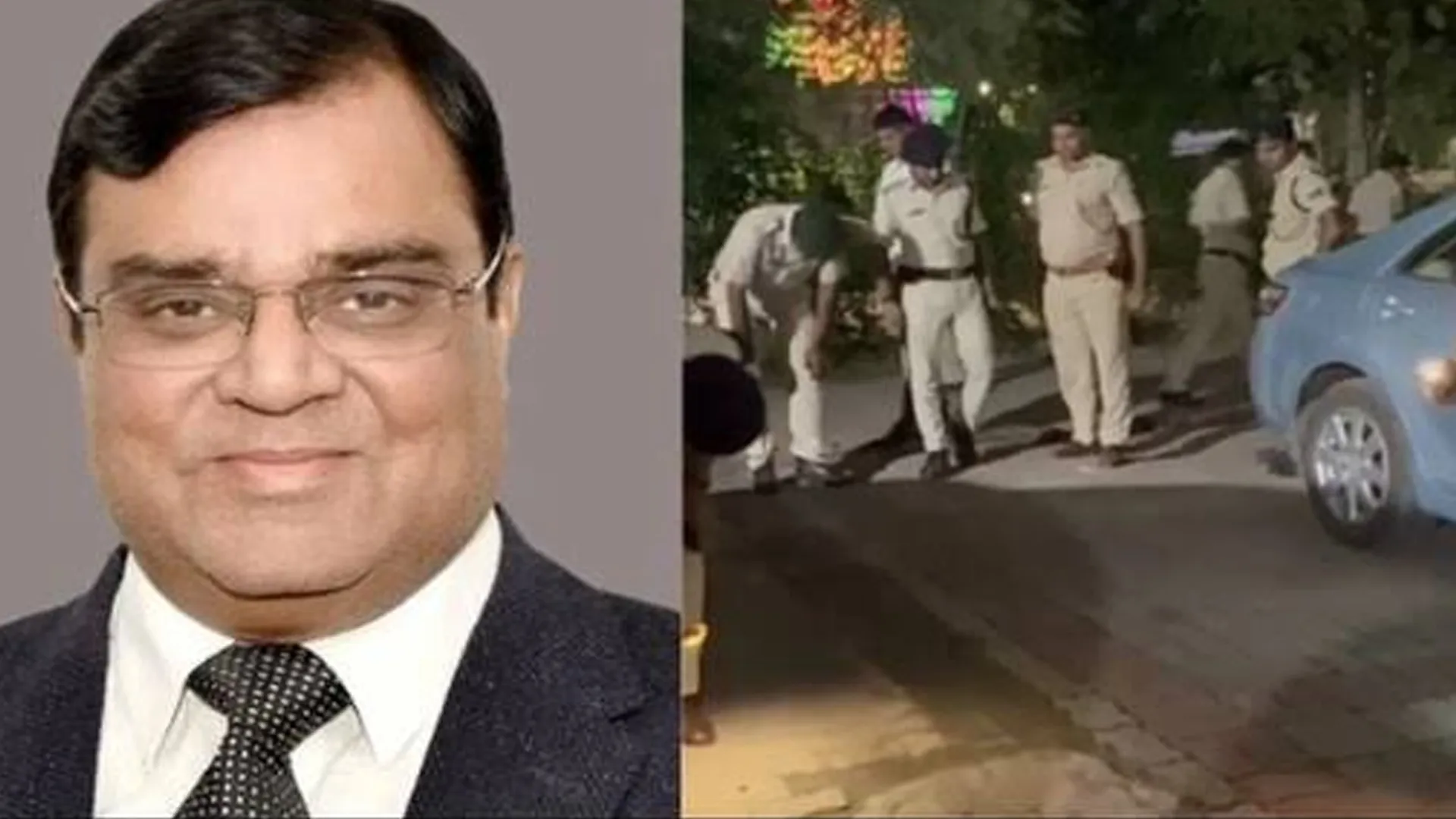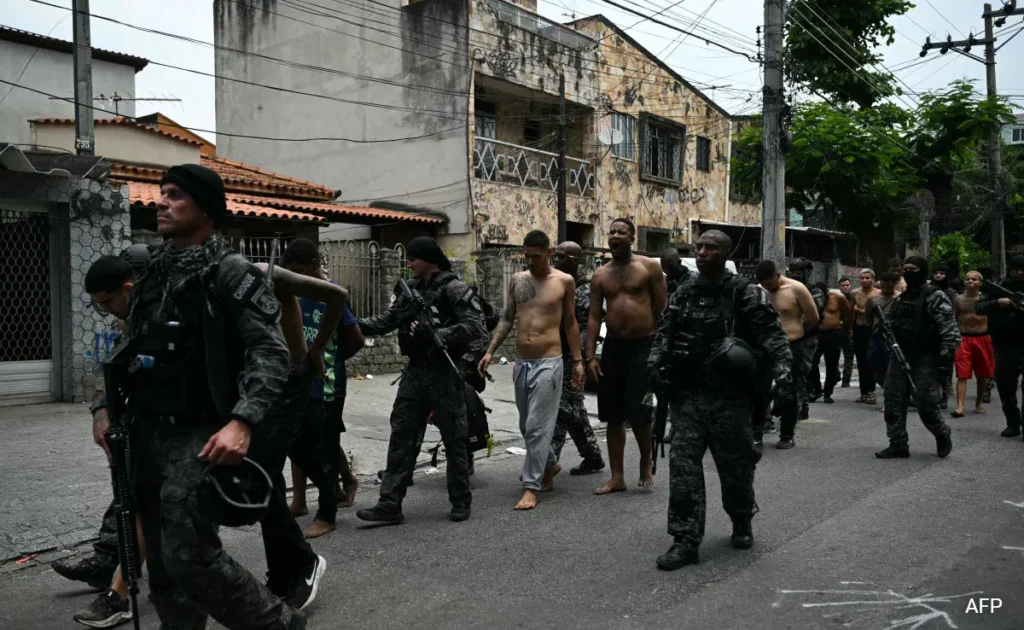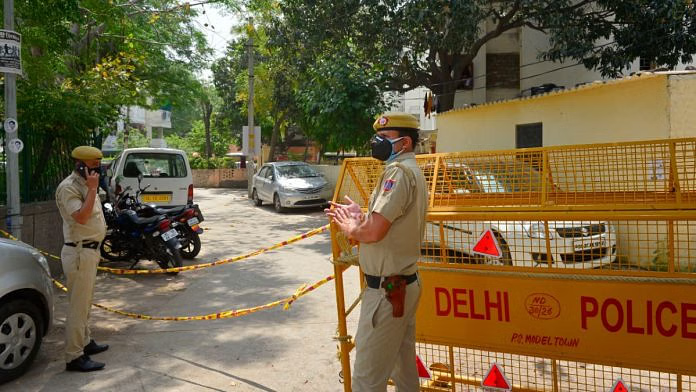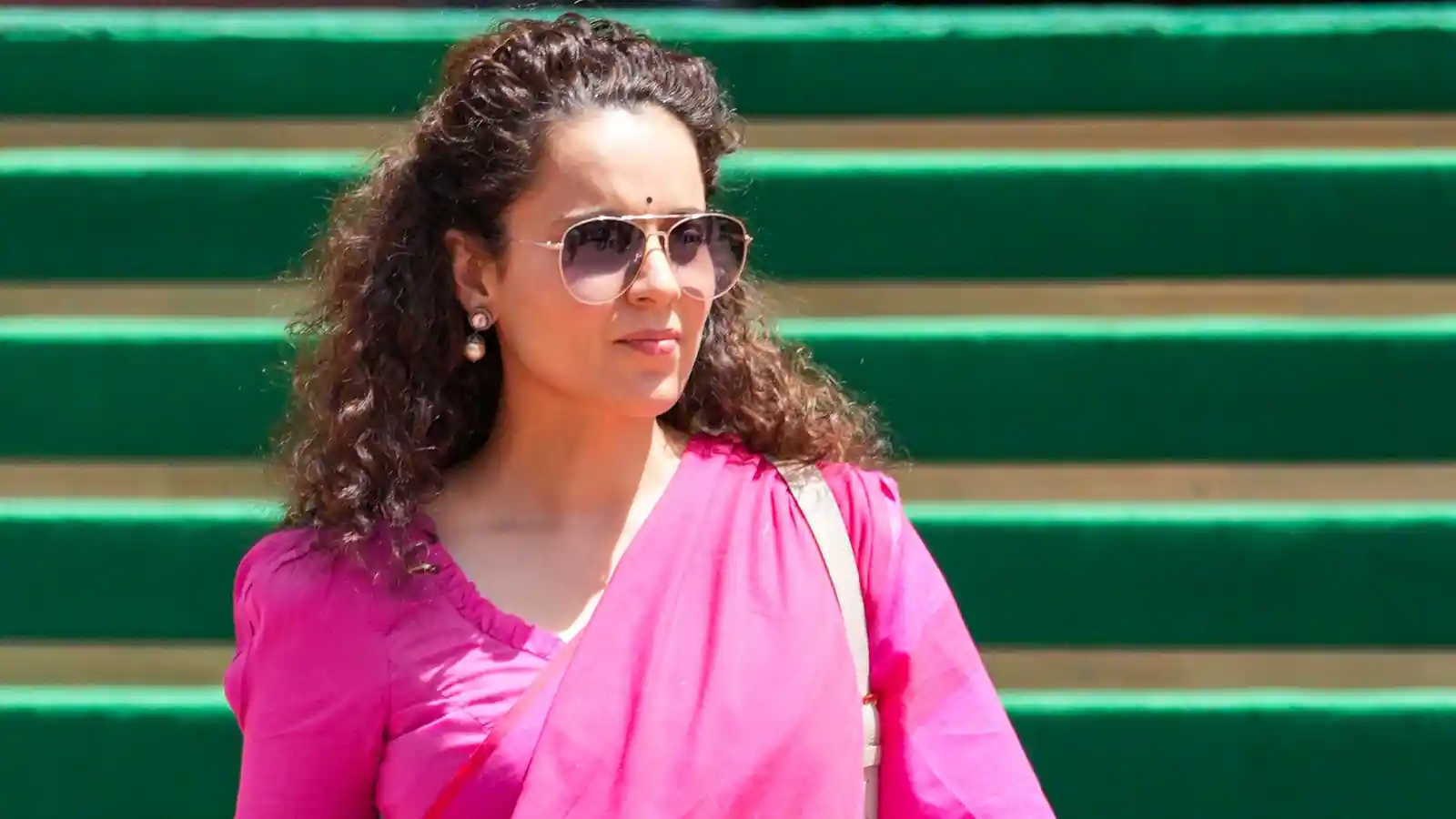Now Reading: BJP Leader and Businessman Gopal Khemka Shot Dead Outside Patna Home, Six Years After Son’s Murder
-
01
BJP Leader and Businessman Gopal Khemka Shot Dead Outside Patna Home, Six Years After Son’s Murder
BJP Leader and Businessman Gopal Khemka Shot Dead Outside Patna Home, Six Years After Son’s Murder

In a shocking incident that has raised serious concerns about law and order in Bihar, BJP leader and businessman Gopal Khemka was shot dead outside his home in Patna. The attack occurred in broad daylight, sending shockwaves through the city and drawing attention to a chilling coincidence—Khemka’s son was also murdered in 2018 under similarly violent circumstances.
Attack Near His Residence
According to initial reports, Gopal Khemka was shot at point-blank range near his residence in the Gulsitan Colony area. Eyewitnesses claimed that the attackers, who came on a motorcycle, fired multiple shots before fleeing the scene. Khemka was rushed to the hospital but succumbed to his injuries. Police have since launched a manhunt and are examining CCTV footage from the area.
Political and Business Background
Khemka was a well-known face in both Patna’s political and business circles. He held a position within the Bharatiya Janata Party and was associated with several trading businesses in the region. His influence extended beyond politics, making his killing a high-profile case that has sparked wide attention from both the public and political leadership.
History of Violence in the Family
This is not the first tragedy to strike the Khemka family. In 2018, Gopal Khemka’s son, Abhishek, was shot dead under suspicious circumstances in a case that remains unresolved. The latest killing has intensified scrutiny on both police investigations and rising crime levels in Bihar’s capital. For many residents in Tier 2 cities like Patna, such incidents serve as a stark reminder of the challenges in maintaining public safety.
Political Reactions and Public Outcry
Leaders across party lines have condemned the murder, urging swift action. BJP members demanded a thorough probe, while local citizens expressed frustration over increasing incidents of daylight violence. Many believe the crime points to a larger failure of deterrence and accountability in urban policing, especially in fast-growing Tier 2 hubs.
Security Questions and Investigation
Police have not ruled out any angle—be it political rivalry, personal enmity, or business disputes. Investigators are also revisiting the 2018 case to explore possible links. Meanwhile, pressure is mounting on the state government to ensure transparency in the investigation and bring those responsible to justice without delay.
Conclusion
The murder of Gopal Khemka marks a grim moment for Patna and highlights the growing vulnerability of even well-connected individuals in India’s Tier 2 cities. As the investigation unfolds, the incident has reignited conversations around policing reforms, justice delays, and the need for stronger safety mechanisms in emerging urban regions. For now, a city mourns—and waits for answers.

























